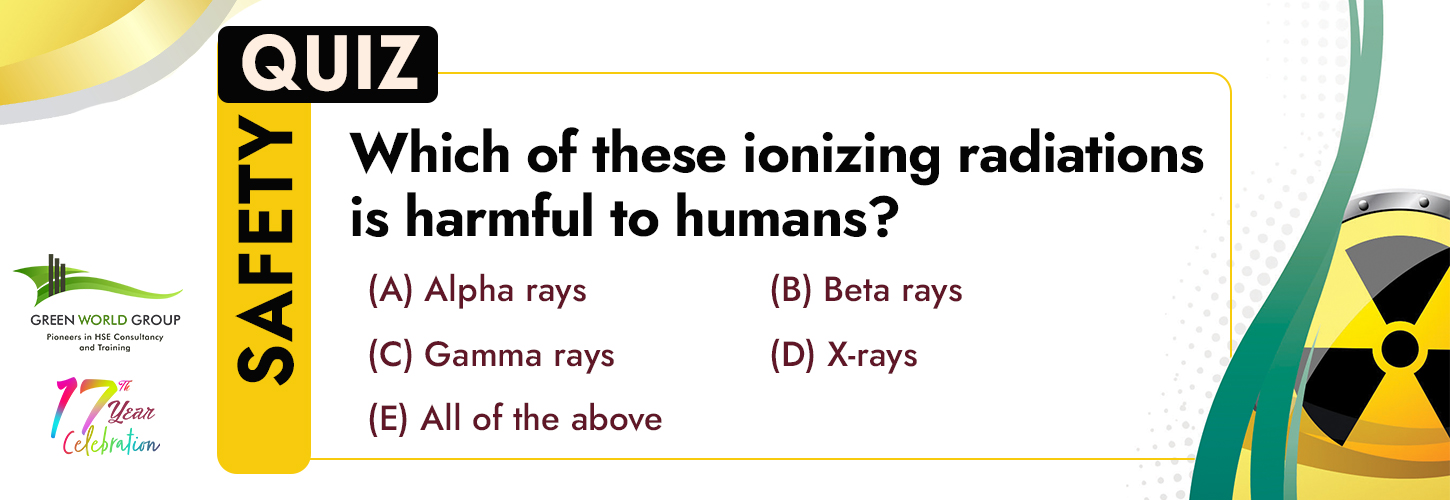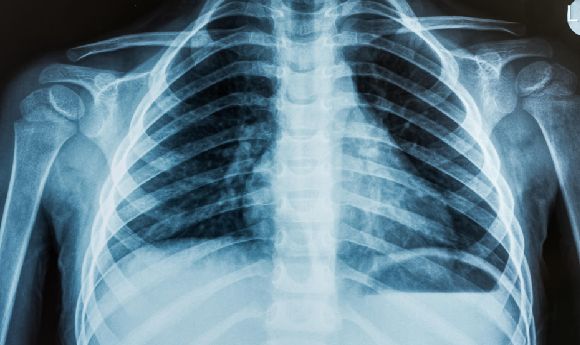
In this edition, we will explore the different types of ionizing radiations and determine which ones are harmful to humans. Ionizing radiation is a form of energy that possesses enough power to remove tightly bound electrons from atoms, resulting in the creation of charged particles or ions. While radiation can have beneficial applications in various fields, it is essential to understand the potential risks it poses to human health.
Explanation
All three types of ionizing radiation – alpha rays, beta rays, X-rays, and gamma rays – are considered harmful to humans. Here’s an explanation of why each type of radiation can pose risks to human health with examples:
(a) Alpha Rays: Alpha rays consist of alpha particles, which are essentially helium nuclei consisting of two protons and two neutrons. Due to their large size and positive charge, alpha particles have a limited ability to penetrate matter. However, if alpha-emitting materials are inhaled, ingested, or enter the body through a wound, they can cause significant damage to cells and tissues. The short range of alpha particles in air or other materials prevents them from penetrating deeply into the body, but their ionizing effect can be highly damaging to nearby cells.

Example: One example of an alpha-emitting material that is harmful to humans is radon gas. Radon is a naturally occurring radioactive gas that is produced by the decay of uranium in soil, rock, and water. When inhaled, radon gas can emit alpha particles that can damage lung tissue and increase the risk of lung cancer.

(b) Beta Rays: Beta rays are high-energy electrons or positrons emitted during the radioactive decay of certain unstable isotopes. They have a smaller mass and can penetrate further into materials than alpha particles. When beta particles interact with living tissue, they can cause ionization and damage to cells. Depending on the energy of the beta particles, they can penetrate the outer layers of the skin and cause damage if exposed externally or affect deeper tissues if they enter the body.
Example: One example of a beta-emitting material that is harmful to humans is radioactive iodine-131 (I-131). Beta particles emitted by I-131 can cause damage to the thyroid cells, leading to an increased risk of developing thyroid cancer or other thyroid-related disorders.
(c) Gamma Rays: Gamma rays are a type of electromagnetic radiation with extremely high energy and penetrating power. They have no mass or charge, enabling them to penetrate deeply into matter, including the human body. When gamma rays interact with cells and tissues, they can cause ionization and disrupt cellular processes. Exposure to high levels of gamma radiation can result in severe damage to DNA and other cellular components, leading to various health issues, including radiation sickness, increased risk of cancer, and organ damage.

Example: One example of a gamma-emitting material that is harmful to humans is cobalt-60 (Co-60). Co-60 is a radioactive isotope that emits gamma rays during radioactive decay. High levels of gamma radiation from Co-60 exposure can lead to severe damage to cells, DNA, and an increased risk of cancer.

(d) X-Rays: X-rays are another form of ionizing radiation that can be harmful to humans, although they were not included as an option in the given question. X-rays have higher energy and penetrating power compared to alpha and beta particles but are less powerful than gamma rays. They are commonly used in medical imaging for diagnostic purposes. However, excessive exposure to X-rays, especially through repeated or prolonged procedures without proper protection, can increase the risk of cancer and other adverse health effects.
Example: One example of an X-ray-emitting material that is harmful to humans is improperly shielded or misused X-ray equipment. Excessive and unnecessary exposure to X-rays, such as in the absence of proper protective measures or frequent and prolonged procedures, can increase the risk of cancer and other adverse health effects in individuals.
(e) All of the Above: Considering the harmful effects of alpha rays, beta rays, X-rays, and gamma rays on human health, it can be concluded that all three types of ionizing radiation are detrimental to humans. Each type of radiation interacts with living tissues differently but can cause significant damage when exposure occurs. It is crucial to take appropriate safety measures and minimize exposure to ionizing radiation to mitigate potential health risks.
Conclusion:
Alpha rays, beta rays, X-rays, and gamma rays are all harmful to humans due to their ionizing nature and ability to damage cells and tissues. Understanding the risks associated with these forms of radiation is essential for ensuring radiation safety in various contexts, including medical, industrial, and environmental settings.

